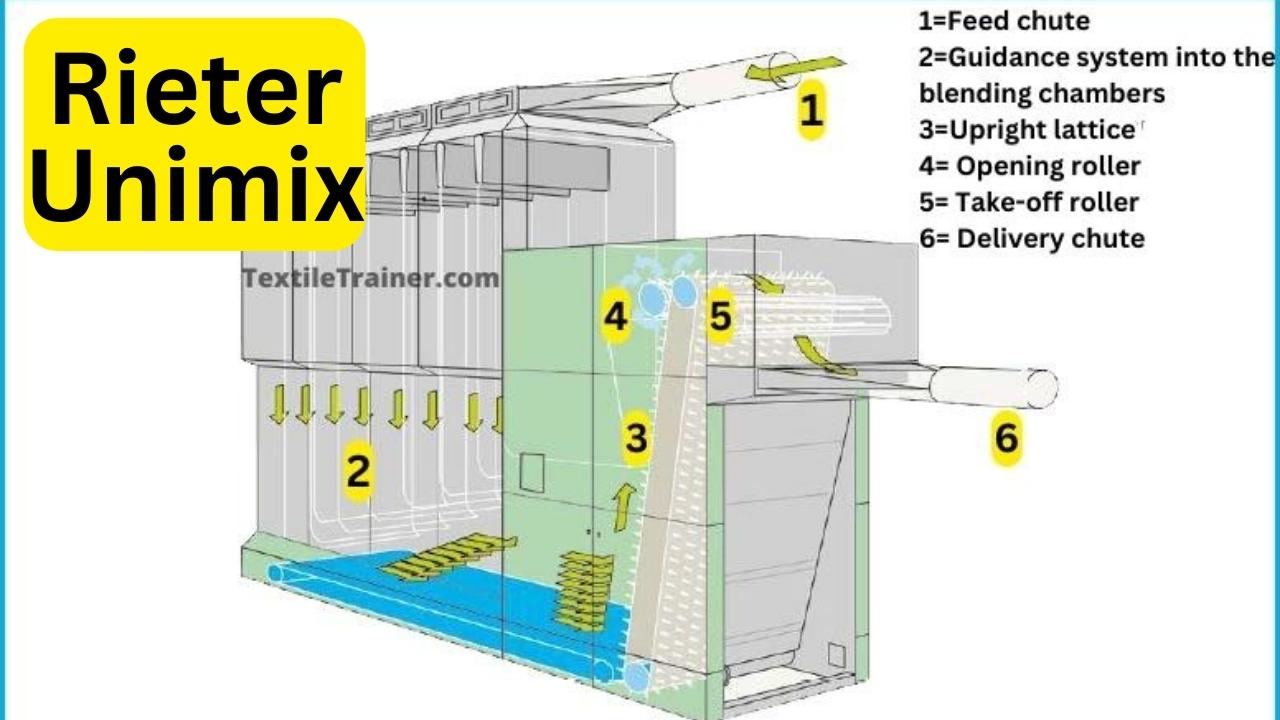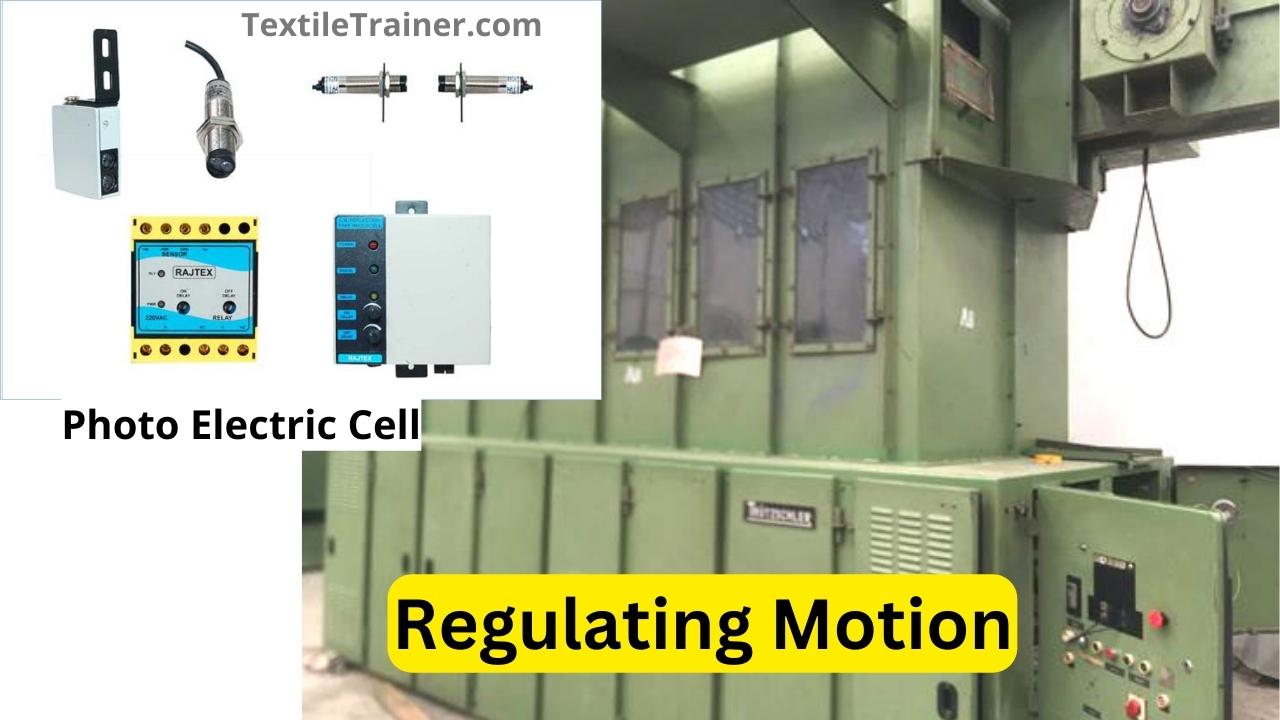Truetzschler Dustex SP-DX in Blow Room
Introduction
In blow room, Truetzschler Dustex is a high-tech technology used to clean and open fiber tufts so that impurities are removed. Although the opening and cleaning zones in blow room effectively remove various impurities, it is often challenging to completely eliminate dust particles trapped within fiber tufts. As evidenced by the occurrence of winding cuts, dust can significantly affect the quality of the final product. In the opening and cleaning zone, the fiber tufts are sequentially subjected to different mechanical and pneumatic actions to disentangle the fibers and remove impurities such as dirt, seeds, and short fibers.
Even with all of these efforts, fine dust particles may still remain trapped within the fiber tufts despite the fact that this process improves fiber cleanliness and uniformity. An intensive cleaning and opening process is followed by a de-dusting procedure to address this issue. As part of de-dusting, suction pressure is applied to small tufts of fibers, effectively removing dust particles that were not removed during the initial cleaning process. It improves the overall cleanliness of fibers by pulling dust particles out of the fiber tufts and collecting them separately.
Performing de-dusting after the intensive opening and cleaning processes ensures the majority of impurities have already been removed, which is crucial. When de-dusting is performed before opening and cleaning, dust particles will be more likely to reattach themselves to fibers during subsequent cleaning actions, reducing the effectiveness of the entire cleaning process. The impact of dust on the final product, particularly winding cuts, underscores the importance of thorough de-dusting.
It is not only possible for dust particles to cause defects in the winding process, but they can also weaken the structural integrity of the final textile product. It is possible for textile manufacturers to significantly improve the quality of their products by utilizing Truetzschler Dustex technology and incorporating de-dusting after intensive opening and cleaning. As a result of the removal of dust particles, fibers are cleaner and more uniform, leading to fewer defects and improved performance in the final product.
Technical Details
- This device consumes a maximum of 3.75kW of power
- The production rate is up to 600 kilograms per hour
Key Features
- Installation of a high-efficiency dust separator at the end of the cleaning line.
- Dust particles even as small as microns can be effectively removed.
- Applications include air-jet yarns and OE yarns.
Working Principle of Truetzschler Dustex SP-Dx

| 1= This fan sucks the material off the CLEANOMAT. |
| 2= The distribution flaps distribute the tufts over the working width of 1600 mm. |
| 3= Major de-dusting is affected by the tufts hitting the cage porous surface. |
| 4= The material drops into the suction system and is transported to the cards by the variable speed fan. |
| 5= The separated dust is permanently sucked-off |
In order to effectively remove micro-dust particles at the end of a cleaning line installation, Truetzschler Dustex SP-DX is a highly efficient dust separator. Through the Dustex, downstream processes are improved, clothing and spinning components are able to last longer, thereby increasing the economic efficiency of the entire installation as a whole. Truetzschler Dustex consists mainly of a large chamber with a perforated sheet (3), an infeed of material (1/2) and a withdrawal of the material (4) and the tufts of material are blown against the perforated sheet (3) in the chamber itself, where they slide on the sheet down to the tip of the funnel (4) and pass to the suction after dust has been removed from the surface.
Conclusion
The Truetzschler Dustex SP-DX technology has revolutionized textile blow room operations. The de-dusting process in the opening and cleaning zone improves fiber cleanliness by effectively addressing the challenge of dust particles trapped inside fiber tufts. As a result, impurities are eliminated, uniformity is enhanced, and winding cuts are reduced. With Truetzschler Dustex SP-DX, manufacturers can achieve superior product quality while optimizing blow room efficiency, enhancing customer satisfaction and market success.
References
- Chowdhury, M. F. (2016). Manual of Short Staple Spinning. Dhaka: Granthanir Prokashoni.
- Corbman, D. P. (1983). Textiles Fiber to Fabric. NewYork: Mary McGarry.
- Hossain, M. S. (2014). Introduction to Textile Engineering. Dhka: Books Fair Publications.
- Kadolph, S. J. (2006). Textiles. New Delhi: Dorling Kindersley India Pvt. Ltd.
- Rieter Manual for Spinning, Volume-II
- Truetzschler Manual for Spinning



